Echinacea received its generic name from the Greek word “echnos” - “hedgehog” for its tubular flowers, hard as thorns. Echinacea is native to the southeastern United States. Americans call the plant “purple cone flower.”
One species is widespread in garden culture - Echinacea purpurea: a slender, dense bush, the lower oval leaves of which are collected in a basal rosette, and single large flower baskets rise on a strong peduncle.
Reed flowers are light or dark purple, tubular flowers are yellow-brown, convex. Flowers are great for bouquets. Echinacea blooms from July to September. This species plant has been living in our gardens for a long time.
The first echinacea appeared in my garden back in the 90s. It was a species of Echinacea purpurea, which I cherished and cherished because I really liked the plant. It has flowers with the edge petals drooping downwards.
Later, I got an echinacea that was shorter and, most importantly, had horizontal petals. She looked like a pink raspberry daisy. Next, I grew from seeds a variety called “Big Hat” with very large bright pink flowers, also horizontally arranged.
But when catalogs began to offer unusual modern varieties, I simply “fell ill” with this plant. I wanted to captivate readers with echinacea.
Until recently, Echinacea had only a few varieties, but in recent decades there has been an explosion of breeders. Varieties have been bred with large carmine-red, pink, white and even orange, simple and double flowers.
To make the reader’s soul “light up” and his imagination run wild, I will name some new items.
Varieties with simple flowers:
- Fatal Attraction - 50-65 cm with purple-pink drooping petals and almost black peduncles;
- Lilliputian - 45 cm with raised light pink marginal petals and an orange-brown center;
- Hope - a very beautiful variety, 80 cm high, pale lilac-pink with a golden brown center;
- Ruby Giant - 90 cm with huge inflorescences with a diameter of 17.5 cm, delicate pure pink color with an orange center.
Pink and white coneflowers are beautiful, but gardeners are amazed by a series of hybrids Meadowbright with orange petals.
- The pinnacle of breeding work was the terry variety Raz-zmatazz, who simply bewitched flower growers. The basket of reed flowers resembles a dense, bright pink-purple pompom. Height 75 cm, flower diameter about 12 cm.
- Unusual variety Coconut Lime: white pubescent petals, the middle is a greenish pom-pom with a slightly opening orange center.
Echinacea is light-loving, but light partial shade is not an obstacle to growth and flowering. Prefers humus-rich, non-acidic, sufficiently moist, but not soggy soils. It is advisable to add lime to acidic soil. Before planting, add compost to the soil, and feed it in the summer. In October, trim the stems to the root.
Echinacea is propagated by dividing bushes and seeds, which can be sown in open ground in early spring. Shoots appear in 2-3 weeks. It is better to transplant young plants to a permanent place no later than the end of August.
In the first year, the seedlings form rosettes of leaves and bloom in the second year. You can get flowering plants in the first year. To do this, sow the seeds for seedlings in February and plant them in the garden in May. Seeds of varietal echinacea can give birth to seedlings that are heterogeneous in color and size of inflorescences, which does not at all detract from the value of the resulting plants.
Divide echinacea in the spring. The base of the shoots becomes woody, so the cuttings take root slowly. For division, use plants no older than three years old. In one place, an echinacea bush can be grown for up to six years. To prolong flowering, cut off dried inflorescences.
It is better to cover young plantings with dry leaves in the first winter.
By planting echinacea in your garden, you will gain a loyal and reliable friend.The plant is decorative and attractive, and this has long been appreciated by bees and butterflies. Echinacea is a fairly unpretentious plant, very convenient for beginners and busy gardeners.
If someone doesn’t have echinacea in their garden yet, correct the mistake immediately. The latest new echinacea products sold in garden centers, at exhibitions, offered by various catalogs are not cheap, and it is not worth starting with them. Buy any packets of seeds, grow them, and if you like Echinacea, then you’ll start chasing unusual varieties.
In garden flower beds, Echinacea looks advantageous next to ornamental grasses, cornflower, monarda, gypsophila paniculata, agastache, loosestrife, yarrow, phlox, and autumn asters.
Continuation of the topic:
- Growing, care and best varieties of daffodils
- Ageratum - fluffy perennial
- How to grow delphinium from seeds
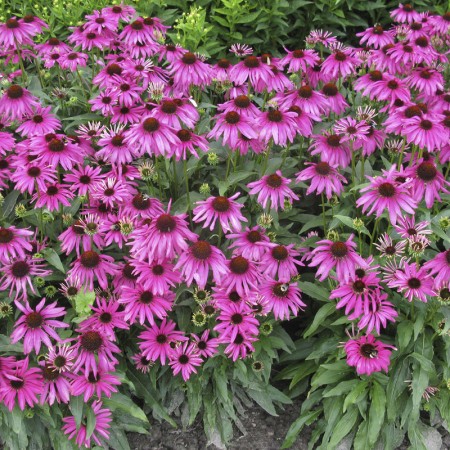
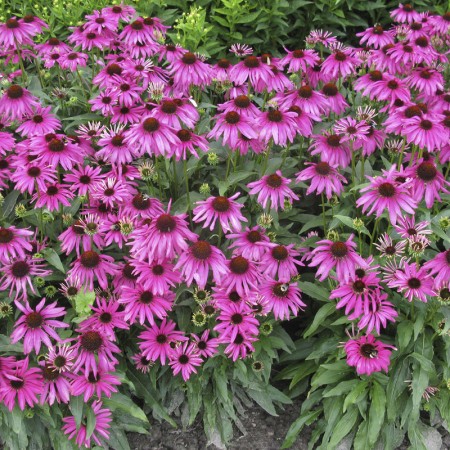
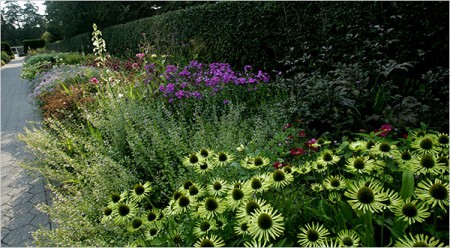
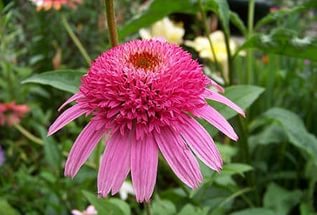
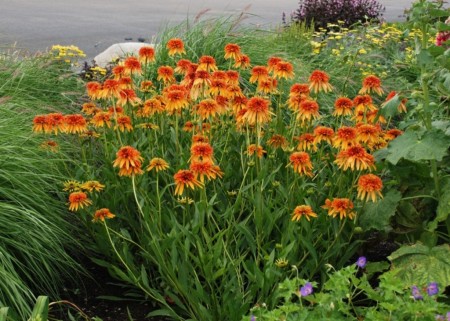

 CUCUMBERS NEVER GET SICK, I'VE BEEN USING ONLY THIS FOR 40 YEARS! I SHARE A SECRET WITH YOU, CUCUMBERS ARE LIKE THE PICTURE!
CUCUMBERS NEVER GET SICK, I'VE BEEN USING ONLY THIS FOR 40 YEARS! I SHARE A SECRET WITH YOU, CUCUMBERS ARE LIKE THE PICTURE! You can dig a bucket of potatoes from each bush. Do you think these are fairy tales? Watch the video
You can dig a bucket of potatoes from each bush. Do you think these are fairy tales? Watch the video
 How our fellow gardeners work in Korea. There is a lot to learn and just fun to watch.
How our fellow gardeners work in Korea. There is a lot to learn and just fun to watch. Eye trainer.The author claims that with daily viewing, vision is restored. They don't charge money for views.
Eye trainer.The author claims that with daily viewing, vision is restored. They don't charge money for views. A 3-ingredient cake recipe in 30 minutes is better than Napoleon. Simple and very tasty.
A 3-ingredient cake recipe in 30 minutes is better than Napoleon. Simple and very tasty. Therapeutic exercises for cervical osteochondrosis. A complete set of exercises.
Therapeutic exercises for cervical osteochondrosis. A complete set of exercises. Which indoor plants match your zodiac sign?
Which indoor plants match your zodiac sign? What about them? Excursion to German dachas.
What about them? Excursion to German dachas.